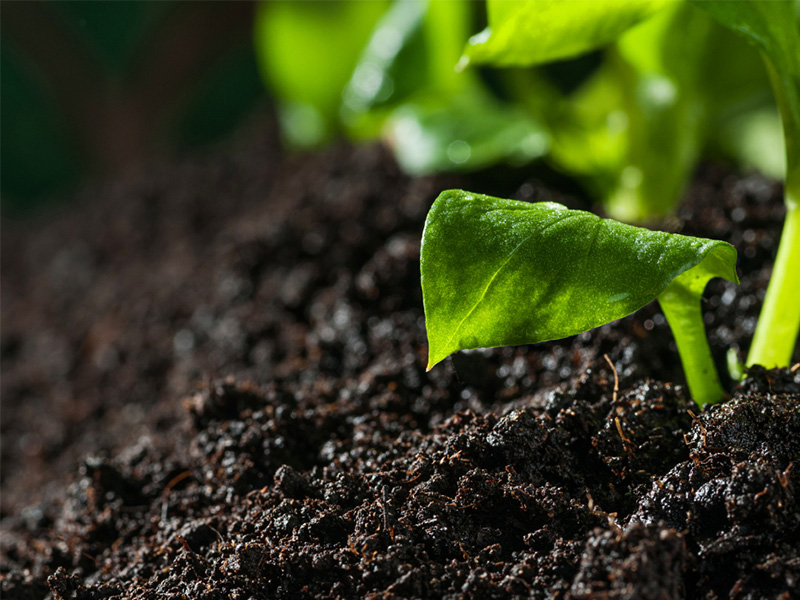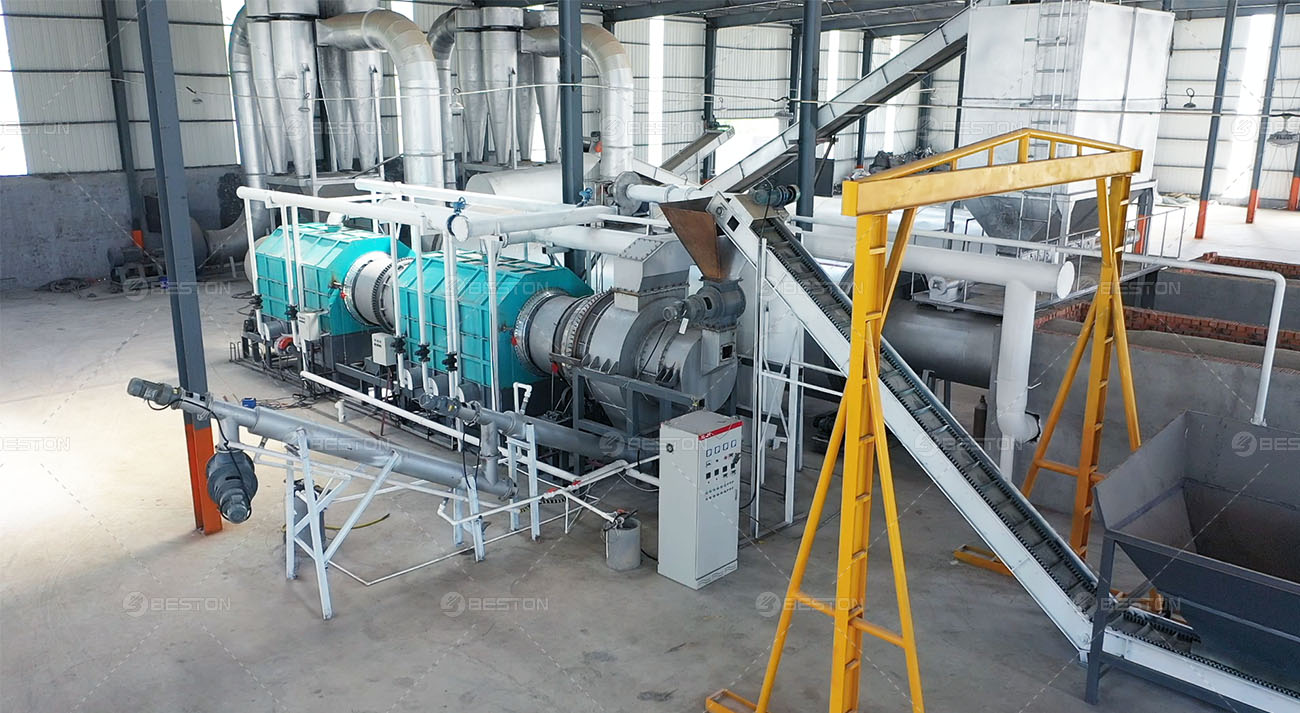Biochar Production Promotes Virtuous Cycle of Carbon Footprint
In the realm of sustainable practices and environmental stewardship, the convergence of biochar production equipment, mitigating the carbon footprint, and fostering a circular economy stands out as a beacon of promise. This intricate interplay of innovative technologies and ecological mindfulness paves the way for a virtuous cycle, where waste transforms into wealth, and environmental impact dwindles in the face of sustainable solutions.
Unveiling Biochar Production Equipment
At the heart of this transformative process lies cutting-edge biochar production equipment, engineered to convert organic waste into a valuable resource. This equipment employs pyrolysis, a thermal decomposition technique that transforms biomass into biochar through the absence of oxygen. The resulting biochar is a stable form of carbon with myriad agricultural and environmental benefits.
The utilization of advanced technologies in biochar production equipment ensures efficiency and precision in the conversion process. These systems are designed to handle diverse organic feedstocks, ranging from agricultural residues to woody biomass, creating a versatile and adaptable solution for waste management.
A Closer Look at Carbon Footprint Mitigation
The concept of carbon footprint is intricately linked to the amount of greenhouse gases, particularly carbon dioxide, released into the atmosphere as a result of human activities. Traditional waste disposal methods contribute significantly to this footprint, releasing substantial amounts of carbon into the air. However, biochar production heralds a paradigm shift.
Through the pyrolysis process, biochar not only sequesters carbon but also enhances soil fertility. When biochar is incorporated into the soil, it acts as a stable carbon sink, effectively removing carbon from the atmospheric equation. This dual-action of carbon sequestration and soil enhancement creates a powerful strategy for mitigating the carbon footprint associated with organic waste. Learn more about this: https://bestonasia.com/
The carbon sequestration potential of biochar extends beyond its initial application. In agriculture, where biochar is often utilized as a soil amendment, it fosters carbon-rich soils that promote plant growth while storing carbon for extended periods. This extended carbon sequestration further contributes to the overall reduction of atmospheric carbon dioxide levels.
Nurturing the Circular Economy
The synergy between biochar making machine and mitigating the carbon footprint forms an integral part of nurturing a circular economy. A circular economy is an economic system designed to minimize waste and make the most of resources. In the context of biochar production, this is achieved through the valorization of organic waste.
The traditional linear economy, characterized by a ‘take, make, dispose’ model, is inherently unsustainable. Conversely, the circular economy model promotes the regeneration of resources, ensuring that waste becomes a valuable input for subsequent processes. In the case of biochar, organic waste is transformed into a beneficial product, closing the loop on resource utilization.
The circular economy approach is not merely a theoretical concept but a practical solution with tangible benefits. By converting waste into biochar, we not only address the problem of waste disposal but also create a valuable product with applications in agriculture, horticulture, and environmental remediation.
The Holistic Impact
As we delve into the realms of biochar production, the holistic impact on the environment becomes apparent. The reduction in carbon footprint, facilitated by the carbon sequestration properties of biochar, contributes significantly to climate change mitigation. Simultaneously, the adoption of mobile biochar machine aligns with the principles of a circular economy, promoting sustainability and resource efficiency.
The widespread adoption of biochar production represents a shift towards more responsible and ecologically conscious practices. Governments, industries, and individuals alike are recognizing the potential of biochar in creating a sustainable and circular approach to waste management.
In conclusion, the integration of biochar production equipment, the reduction of the carbon footprint, and the promotion of a circular economy form a triumvirate of solutions that usher in a new era of environmental responsibility. This virtuous cycle, where waste is transformed into a resource, epitomizes the potential for technology and innovation to coalesce with ecological consciousness for the betterment of our planet.